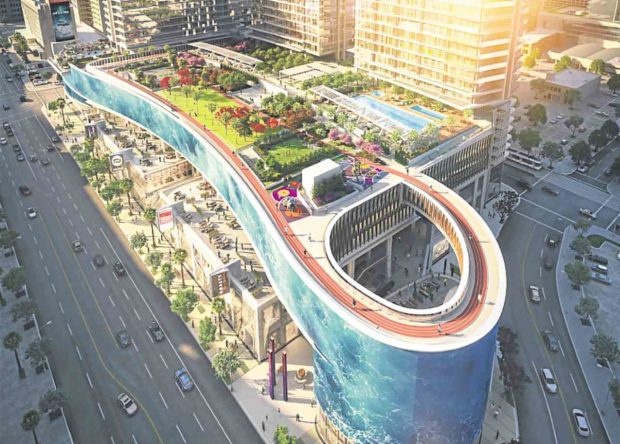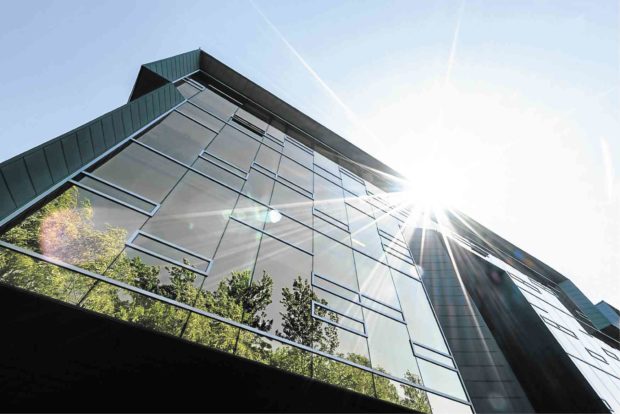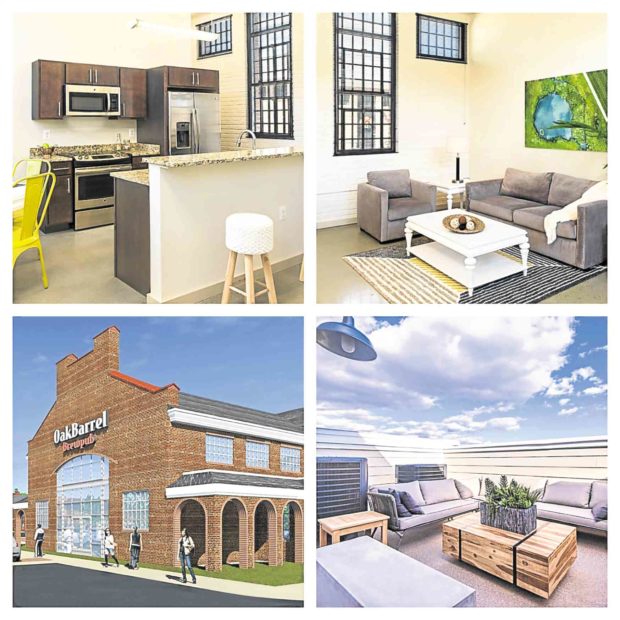Maximize with mixed-use
If you look around in our cities today, you’ll rarely find a structure that designed to serve a single purpose.
Whether large or small, many buildings today make the most out of space by serving two or more functions. Examples of these are apartments with sari-sari stores on the ground floor, and high-rise towers with offices beneath the studio units.
Not all mixed-use structures, however, are created equal. While many make use of space efficiently, only a few manage to benefit both their residents and the surrounding communities. This feature separates outstanding designs from the rest, as they help make the city a thriving and sustainable place to live in.
If you’re looking to rent or buy a unit in a mixed-use development, consider the following factors in choosing your new investment.
The essentials
According to the blog Placemakers.com, mixed-use developments are “three-dimensional, pedestrian-oriented places that layer compatible land uses, public amenities, and utilities together.” They can be vertical, horizontal or mixed-use walkable areas. These varying developments, however, share common ideals.
Mixed-use projects should provide three or more revenue-generating functions as per the Urban Land Institute. To maximize precious city land, a mixed-use development should not only provide a place to sleep and shop for residents. Well-planned communities offer varied spaces such as office, retail, residential and recreation facilities. These allow inhabitants to have minimal travel time in between activities, saving on travel costs and energy.
Mixed-use developments should also feature uses that go well with each other. For example, it would be difficult to live in a building that has a bar with constant loud music at night. You wouldn’t be able to get a decent sleep. An ideal place to live in is a building that serves your needs and interests, such as one with a grocery store, hardware store, fitness gym or a cinema beneath it. These functions shouldn’t compete for parking spaces and other resources. Instead, spaces in a mixed-use building should complement each other in terms of function and demand.

The Oceanwide Plaza in downtown Los Angeles is set to become the wellness and luxury hub of the city.
Moreover, mixed-use structures should be situated in the right location. In the case of vertical neighborhoods, it’s in high-density urban areas.
You can’t expect a residential condominium with retail spaces or office units to flourish in a low-dense province where there is enough land for stand-alone homes. Likewise, it would be difficult to live in a building located on the outskirts of the city, away from transport hubs and essential facilities. You should consider if the location of the building is convenient for you and your daily activities.
The benefits
Beyond serving as a place to live or work, a mixed-use development should encourage you to grow and thrive, and bring benefits in terms of well-being.
Many vertical structures can cause sick building syndrome, which makes people feel unwell with no apparent cause. This results from a lack of ventilation, shade and other features which may lead to problems in terms of health and comfort. It thus pays to choose one that has green and sustainable features.
While amenities like rooftop gardens, solar panels and occupancy sensors may seem like a luxury, these actually keep maintenance costs at a minimum and make the building a more comfortable place to live in. With sustainable design considered in the structure, you can achieve savings in terms of energy and efficiency.
The ideal condominium should feature spaces that allow you to live comfortably with others. It has to offer you privacy yet provide areas where you can entertain visitors, meet neighbors and make new friends. It should also help you carry out daily tasks by featuring convenient shops like a laundromat, a daycare center and even co-working spaces.
Overall, a mixed-use development that is conducive to the needs, health and interests of the intended users is the best property to live in.
Some examples
With mixed-use structures popping up everywhere, it can be hard to choose the right one for you. Yet there are those that manage to stand out with their innovative designs, aesthetic features, luxurious amenities and strategic locations.
An example of a well-planned development is the Oceanwide Plaza of Los Angeles.
With a curated wellness area, a 2-acre park and a Hyatt hotel in the mix, you know that this home is going to be good. It encourages a healthy lifestyle for its residents by providing them spaces which encourage them to focus on their well-being. Still under construction, this mixed-use development offers benefits to its users in terms of its green features and luxurious accommodations.
Another mixed-use project that is well-thought-out is the Liberty Lorton in Virginia.
The development garnered international attention because it originally served as a prison in the early 20th century. Later on, it was included in the National Register of Historic Places, making it an invaluable part of the town’s identity. As it became community property in 2002, Fairfax County lobbied to transform the structure into a mixed-use development that invited new residents to the area and benefited community activities.
To make the most out of the existing structure, the county board looked toward existing town needs for inspiration. Slowly, they transformed the old prison facilities into community spaces that helped the town run efficiently. The former juvenile center became a training ground for firefighters.

The Liberty Lorton reformatory now serves as a mixed-use residential, community and commercial area.
Old workhouses became art areas, featuring a museum and historical center. The remaining 80 acres of the property were allocated to 165 apartments, 24 single-family houses, 83 townhouses, and a lot of community and commercial spaces. This not only saved a historic building from becoming abandoned and unused. It also brought significant benefits to the community and provided them with new homes to bring more people.
Overall, mixed-use developments are everywhere but only a few can help you and your community thrive. If you’re searching for one that can cater to your lifestyle and serve your needs, do your research.
Check out if the project is located strategically, offers complementary uses and brings benefits to your health and well-being. Buildings like these maximize the mixed-use concept and ensure that you can live the best life the city has to offer.
Sources: multifamilyexecutive.com placemakers.com completecommunitiesde.org urbanland.uli.org thelibertylife.com oceanwideplaza.com Scott Webb via pexels.com


